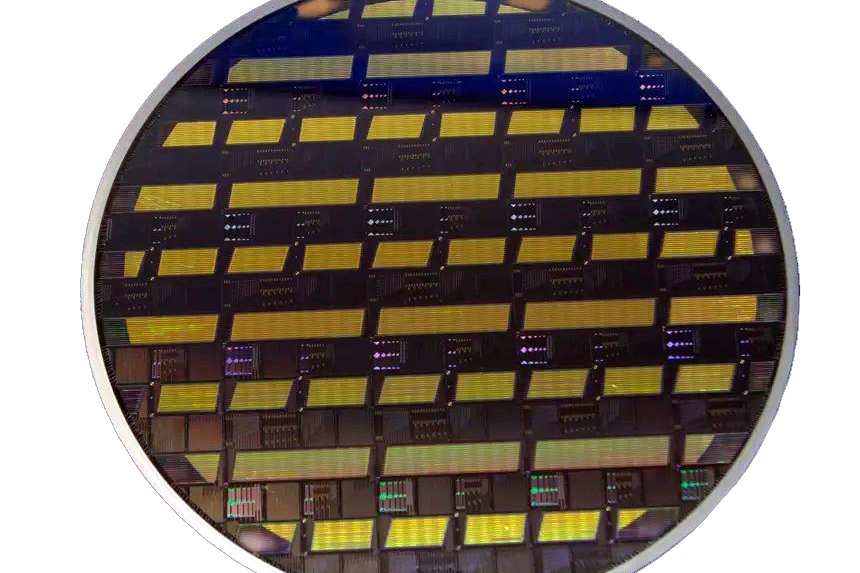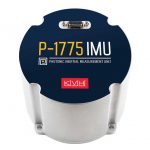With support from the European Space Agency (ESA), Switzerland-based Luxtelligence has demonstrated prototyping capabilities in a novel photonic platform. The platform is based on thin-film lithium niobate (TFLN), suited for the development of high-speed electro-optic modulators. Such modulators could, in turn, be used in positioning, navigation and timing (PNT) technologies.
Speaking at the ESA-hosted final presentation of the project ‘Lithium niobate photonic integrated circuit based high speed, low voltage modulators for microwave photonics’, Luxtelligence co-founder and CEO Mohammad Bereyhi said the aim was to provide a verified component library for applications ranging from data communication to PNT and quantum technologies.
Specifically, he said, “We wanted to demonstrate a new process design kit (PDK).” A PDK is essentially a set of files used in the semiconductor industry to model a fabrication process for integrated circuit design tools. “Our PDK features key building blocks for realizing low optical loss and high electronic bandwidths,” Bereyhi said. This will make it easier to design and manufacture, among other things, improved optical gyroscopes, which can be used to provide accurate and reliable positioning, navigation, and timing (PNT) capabilities in GNSS-denied environments.
Our readers will know the potential PNT applications for optical gyros are numerous, in fields such as autonomous systems, industrial automation, aerospace and defense, and subsea exploration.
Benefits for PNT
One of the challenges for inertial navigation, widely used as a back-up to GNSS-based positioning in challenging environments, is that small sensor errors expand quickly into large positional errors. For today’s compact and low-cost MEMS-based inertial measurement units (IMUs), achieving acceptable performance levels can therefore be extremely difficult. In applications requiring high precision, in industrial, aerospace and military domains, the typical solution has been to use larger, more power-consuming and more expensive fiber-optic gyros.
“Photonics is a key-enabling technology,” Bereyhi said. “With photonic integration you get a reduction in size, increased robustness and performance, reduced complexity with scalable manufacturing.” The advanced electro-optic modulators that will be produced thanks to the new Luxtelligence PDK, will enable further miniaturization of optical gyroscopes, reducing power consumption and drift compared to MEMS gyroscopes.
“The key advantage of our electro-optic modulators compared to the conventional type,” Bereyhi said, “is the high modulation bandwidth, which is two times faster, with forty percent lower power consumption, and the developed TFLN technology benefits from a ten-times reduction in device size compared to bulk modulators.”
When tested, the Luxtelligence open-access TFLN PDK achieved all of its performance targets, and it is now in use at an industrial foundry for mid to large volume production by 2027. Selected large system integrators and small- and medium-sized enterprises in the ESA ecosystem have packaged and are testing devices produced during the project for in-situ, space compatibility, including radiation, acceleration and shock resistance. The project was funded by ESA’s NAVISP program, which supports technology innovation in the European PNT sector.






